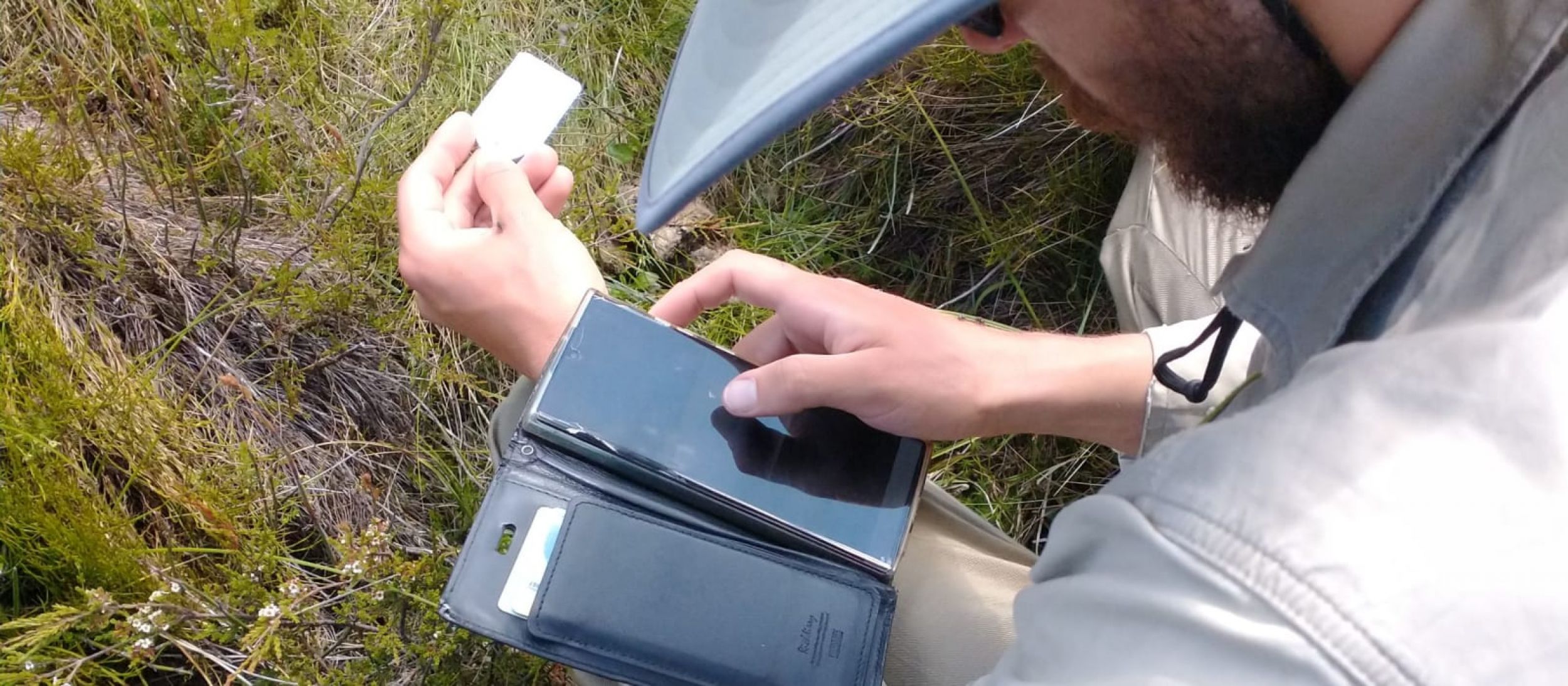
Botany at Cascade Trail

Tony Kennedy
A teacher with a passion in getting our younger generation involved in looking after the environment, getting to know other people by learning languages, and getting outdoors.
Today we travelled back to the Cascade Trail to the Cascade Hut. This is the trail that we visited on Day 2, where snow was covering the surface and the cold temperatures saw all life going deep to stay warm. Today was a leisurely 25°C and mostly sunny.
If we walked from the Cascade Trail carpark to the Cascade Hut, it would have taken around 3 hours. Fortunately, as Bush Blitz liaises with the NSW National Park service, we had a key to access the gate and could drive our 4WD vehicle to the Cascade Hut, this took around 45 minutes. Getting to the Cascade Hut meant crossing the Cascade Creek five times.
At the Cascade Hut, we met the team of botanists from The Royal Botanic Garden Sydney (RBGS) and the Australian National Botanic Gardens (ANBG). The botanists were: Alex McLachlan (ANBG); Kayte Wilkie (RBGS); Joel Coen (RBGS); Andrew Orme (RBGS); and Peter Jobson (RBGS).
Prior to today, two of the botanists had selected the area to be surveyed and marked out a 20 metre by 20 metre quadrant, or square, area. This quadrant was adjacent to the Cascade Creek in an area fenced off to keep horses out and on an alluvial flat. These areas are surveyed regularly, every few years, so that the changes in plant communities and diversity are known. There are three major impacts on vegetation in this area: climate change; feral species; and human impacts.
Approximately 30 samples were taken from this from this quadrant. The plants included aquatic species, Ranunculus species, and even a bladderwort.
Bladderworts belong to the genus Utricularia and are in the family Lentibulariaceae. Within the genus is approximately 220 widely distributed species of plants. Bladderworts are characterised by small hollow sacs that actively capture and digest tiny animals such as insect larvae, aquatic worms, and water fleas. Bladderworts can be found in lakes, streams, and waterlogged soils.
Recording the specimens has improved greatly since I studied horticulture. At this time, records were handwritten or small rectangular cards that often fell out of the area where the specimen had been placed. Today, there is an app that allows the botanist to scan a tag, which goes on the plant, and to enter information such as location and description of the plant and the area where it was found. This electronic record becomes a permanent record that can be accessed worldwide.
Botany is the study of plants and is vital to maintaining our plant diversity.

